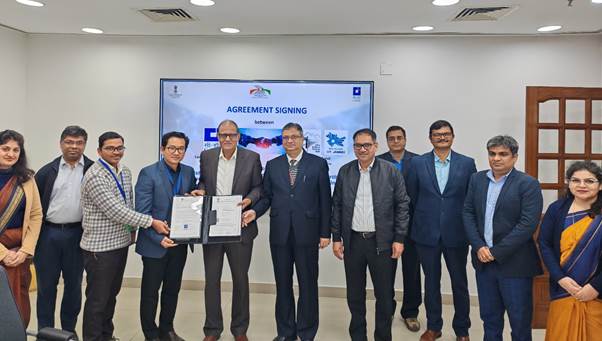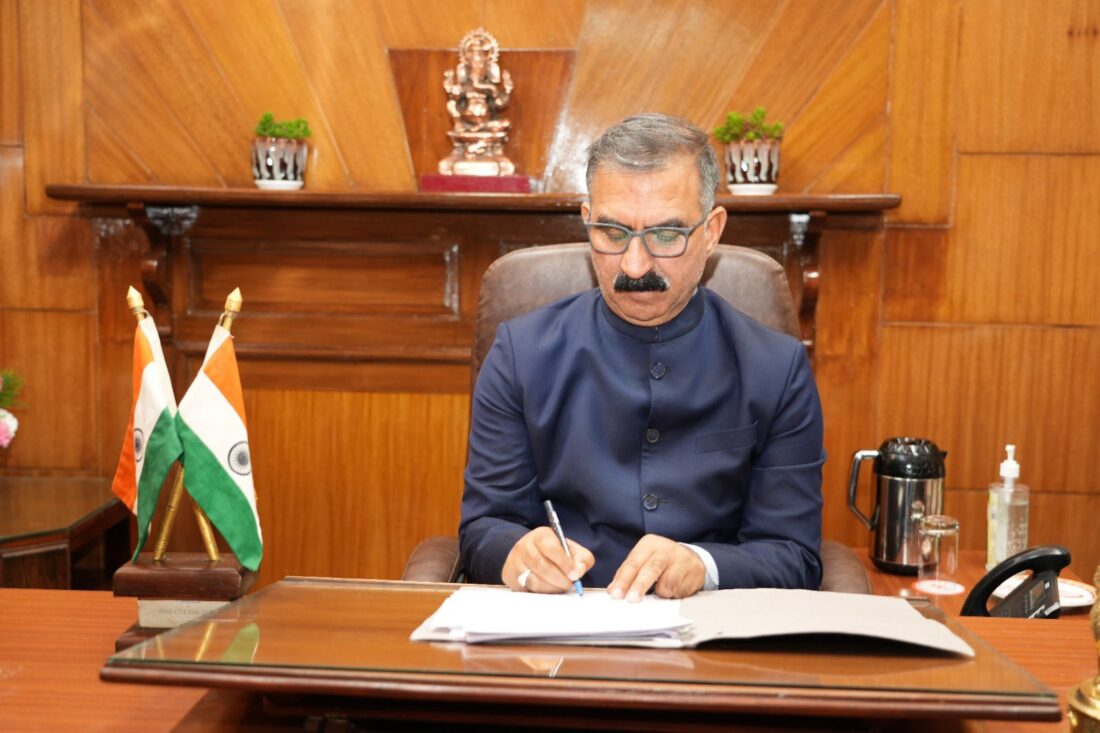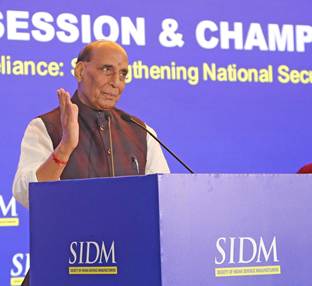North News
New Delhi, January 13
In a significant step towards advancing India’s telecommunications capabilities, the Centre for Development of Telematics (C-DOT), the leading telecom research and development institution under the Department of Telecommunications (DoT), has entered into an agreement with the Indian Institute of Technology Mandi (IIT Mandi) and IIT Jammu. The collaboration will focus on developing a “Wideband Spectrum-Sensor ASIC-Chip” aimed at improving spectrum utilization.
This agreement, signed under the Telecom Technology Development Fund (TTDF) scheme, seeks to bolster India’s efforts in creating homegrown telecommunication solutions. The scheme, designed to support Indian startups, academia, and research institutions, aims to foster the design, development, and commercialization of cutting-edge telecom products, particularly in the areas of affordable broadband and mobile services, which are crucial for bridging India’s digital divide.
The primary objective of this project is to develop a robust and efficient wideband spectrum sensing (WSS) algorithm that will optimize spectrum efficiency. By detecting and utilising underused spectrum bands, the project aims to provide reliable broadband connectivity, particularly for rural areas. Spectrum sensing enables cognitive radio users to dynamically adjust to available spectrum, minimizing interference with primary networks.
The project will involve designing communication algorithms tailored for hardware applications, capable of sensing the wideband spectrum (beyond 2 GHz) and detecting underutilized bands, or “white spaces.” This will significantly enhance spectrum efficiency across various communication systems. Additionally, the initiative will develop efficient hardware architectures for these sensors, aiming for reduced sensing time, higher data throughput, and improved hardware performance.
A key aspect of the initiative is the development of a hardware solution capable of scanning over 2 GHz of spectrum with minimal sensing time, boosting the throughput of cognitive radio networks. The project will also include a demonstration of a wideband cognitive radio module focused on the 6 GHz satellite band (5.925–7.125 GHz), facilitating both spectrum sensing and communication.
Initially, these designs will be tested in a field-programmable gate array (FPGA) environment, with plans to transition to the fabrication of an application-specific integrated circuit (ASIC) semiconductor chip. The outcome will significantly enhance spectrum efficiency and contribute to India’s leadership in dynamic spectrum access technology.
This collaboration is expected to pave the way for the creation of valuable intellectual properties (IPs) and innovative solutions in the telecommunications sector.
















